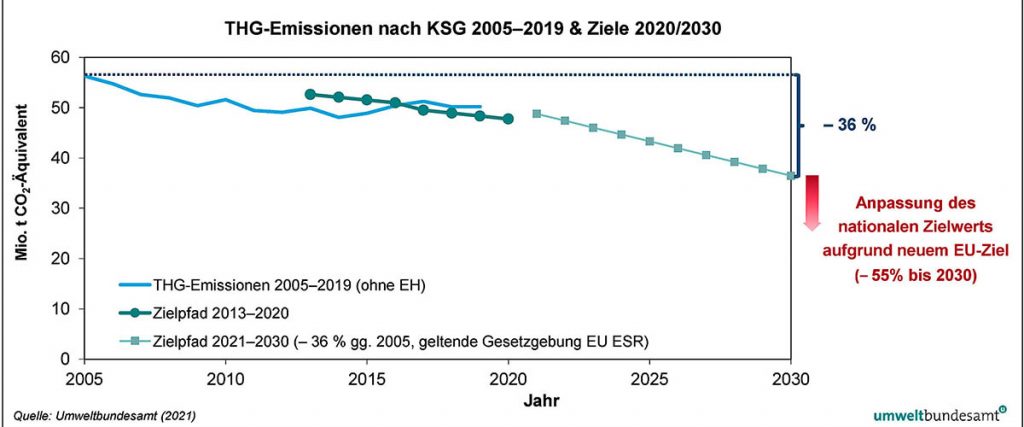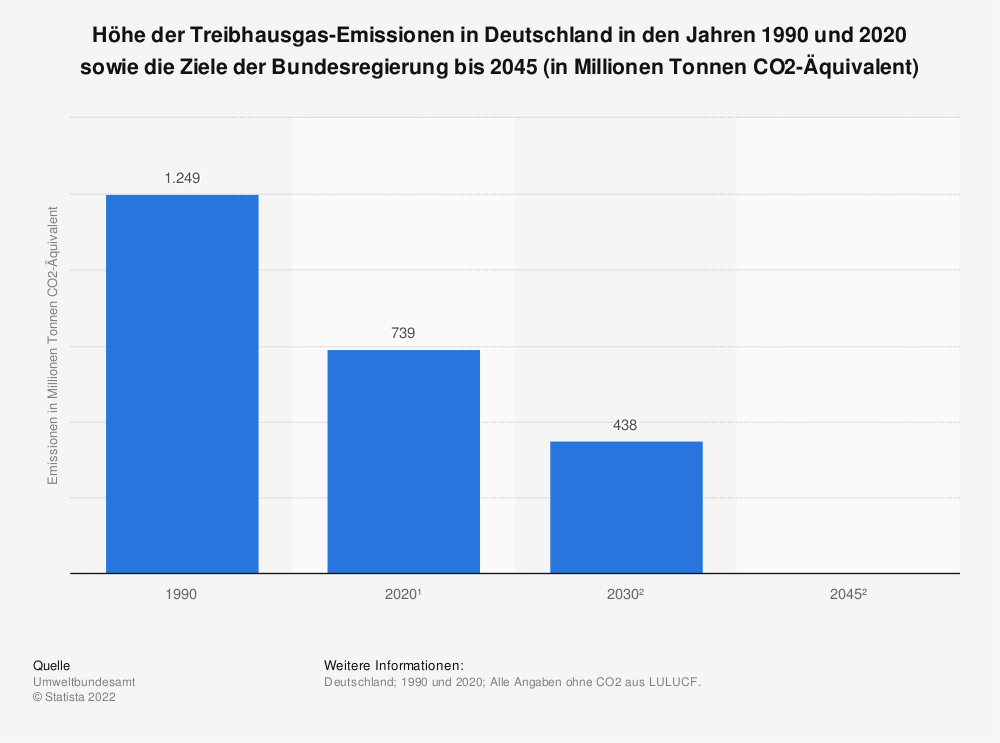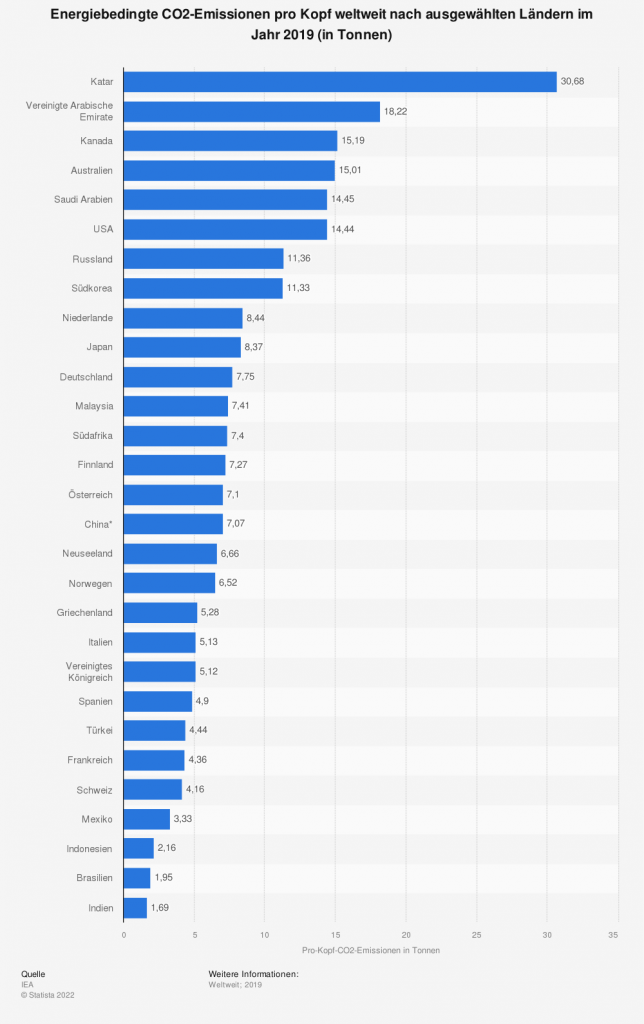Refers to the emission of carbon dioxide, which is harmful to the environment and is released during the combustion of fossil fuels (e.g. coal, natural gas, mineral oil).


The gas is only present in our atmosphere in a very small proportion (0.04%), but it has a major impact. CO2 is in fact a greenhouse gas that prevents heat from escaping from the earth. It rises into the atmosphere and can only be stored to a certain extent by plants, for example. This increases the natural greenhouse effect, leading to global warming and the climate change that accompanies it. The aim is therefore to reduce CO2 emissions by phasing out fossil fuels.

In addition to CO2, there are other greenhouse gases that are part of the Kyoto Protocol: Methane (CH4), nitrous oxide (N2O), hydrogen-containing hydrofluorocarbons (HFCs), perfluorocarbons (PFCs), sulfur hexafluoride (SF6) and, since 2015, nitrogen trifluoride (NF3).
In 2020, China was the world’s largest carbon dioxide emitter, accounting for nearly 31% of global CO2 emissions. The USA contributes 13.5%, Germany 1.85%. (Source: Statista https://de.statista.com/statistik/daten/studie/179260/umfrage/die-zehn-groessten-c02-emittenten-weltweit/).
The energy industry is the main contributor to global greenhouse gas emissions – so most emissions occur when energy sources are converted into electricity and heat.






